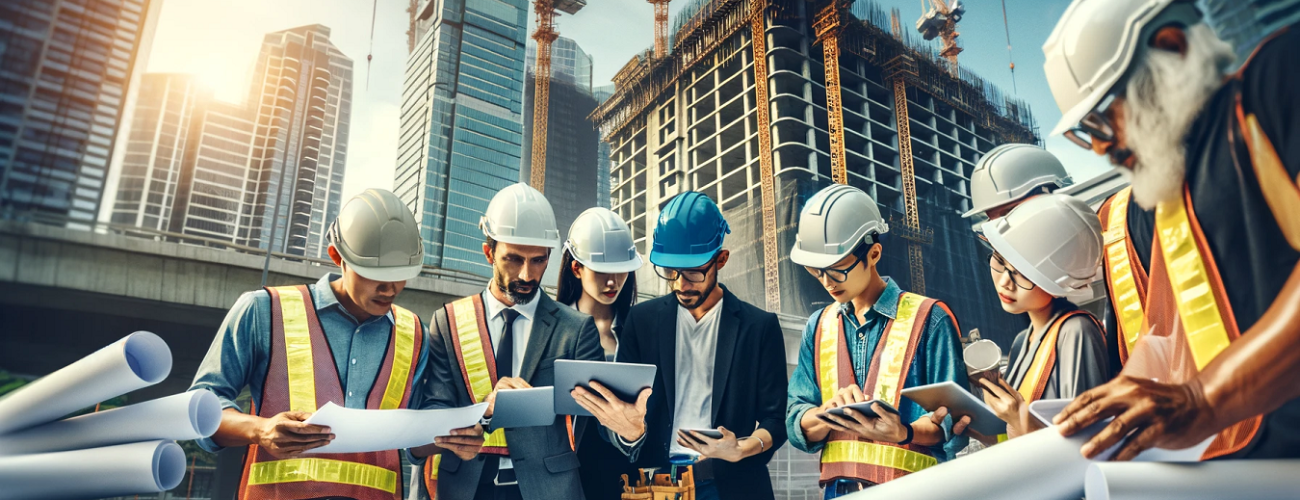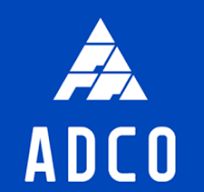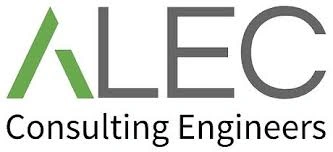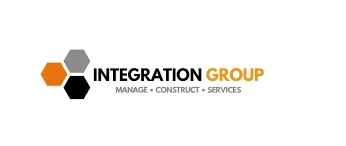
Whether erecting skyscrapers or designing community parks, efficient teamwork can spell the difference between success and costly setbacks. For construction managers and project planners, understanding how to foster collaborative team efficiency is paramount.
Improving Collaboration: The Clearest Path to Boosting Productivity in Construction
In an industry as dynamic and complex as construction, productivity often hinges not just on tools or timelines, but on how well people work together. While advances in technology and streamlined processes contribute to operational efficiency, it’s collaboration that consistently proves to be the most powerful driver of productivity. When project teams—from architects and engineers to contractors and suppliers—are aligned and communicative, the results are transformative: reduced delays, fewer errors, stronger safety records, and higher client satisfaction.
Why Collaboration is Non-Negotiable
Construction projects are high-stakes ventures with many moving parts. Each stakeholder brings unique expertise, but without consistent and coordinated communication, these strengths can quickly become silos. Poor collaboration often leads to rework, miscommunication, and budget overruns. Conversely, when teams collaborate openly and early, they can anticipate challenges, co-create solutions, and respond nimbly to change.
Research from the McKinsey Global Institute underscores this: improving communication and collaboration through digital tools and lean practices can boost productivity in construction by up to 15%. That’s not a marginal gain—it’s a competitive advantage.
Cultivating a Culture of Collaboration
Effective collaboration isn’t just about assembling a team; it’s about fostering a culture where contribution, respect, and transparency are baked into daily workflows. Here are a few ways this can take shape:
- Integrated Project Delivery (IPD): This approach aligns all key participants early, encouraging shared goals, risk-sharing, and real-time communication. It breaks down traditional barriers between design and construction.
- Digital Collaboration Tools: Platforms like Building Information Modeling (BIM) offer a shared digital environment where architects, engineers, and builders can visualize, coordinate, and adapt designs collaboratively minimizing clashes and misinterpretations before they hit the ground.
- On-Site Communication Rituals: Simple habits like daily stand-ups, toolbox talks, or co-located workspaces help reinforce a shared sense of purpose and responsiveness.
- Psychological Safety: When team members feel comfortable voicing concerns or suggesting improvements without fear of blame, it fosters a proactive, solutions-focused environment.
Real-World Payoffs
On large-scale projects such as mental health facilities or community centres—where stakeholder needs are deeply human and nuanced—collaboration becomes even more critical. Input from clinical staff, patients, architects, and construction teams must be interwoven to create spaces that are both functional and therapeutic.
When collaboration is prioritized, outcomes improve across the board:
- Faster decision-making and fewer design revisions
- Enhanced worker morale and job satisfaction
- Stronger alignment with client values and community expectations
Moving Forward: It Starts With Leadership
For collaboration to flourish, it must be championed from the top. Leaders who model open communication, actively seek diverse perspectives, and recognize collaborative achievements set the tone for the entire project. It’s not about relinquishing control—it’s about creating an environment where the best ideas, regardless of origin, rise to the top.
In construction, where deadlines are tight and margins tighter, investing in collaboration may feel like a slow start. But time and again, it proves to be the accelerant that keeps projects on track, budgets under control, and teams performing at their peak.
Testimonials
Thank you for all your efforts on our projects; they have been an invaluable contribution to their success. We look forward to working with you on future projects.
Ian Ferguson MPM Group
Jess and Karl at Draftech were amazing. The communication from the start was prompt, and the entire process was extremely easy. We needed their knowledge on Air Schematics, and they had made one up for our buildings that we service. Thanks so much, and we will be using you guys in the future. Cheers, Air Control Australia.
Greg Colebrook AirControl Australia
With Draftech’s thorough understanding of building services modelling and close attention to detail, Forth has been afforded the opportunity to outsource some of our BIM projects with absolute confidence in the accuracy of the final product.
Gary Murdoch Forth Consulting
Very professional and efficient organization. Delivered a great product to a tight deadline.
ACE Power
Karl and the team are very professional and have a vast knowledge of BIM coordination.
Dwayne Willaims Babinda Electrics
We had multiple large projects with tight deadlines and needed a company we could trust. The teams delivery, attention to detail and understanding of what is being designed is always executed to a high standard.
Martin O’Donovan Envar Engineers
Draftech offered a flexible and reliable approach to working collaboratively with our team. They met our expectations and quality requirements and also offered up new ideas.
Draftech have proven to be a valuable and trustworthy resource and we will continue to work with Draftech on other projects.
Simon Marsden Umow Lai
Draftech is different from others in the professionalism and features they provide.
The ability to walk through projects in real time online provides invaluable insight into problem areas and helps provide an efficient resolution on the spot without many phone calls, emails and the necessity for us to paw through countless drawings to understand the issues.
Todd Morris Manager - Air mech
Draftech were put forward to FIP Electrical as the solution to Coordinate, Model, carry out clash detection, provide Electrical Services Shop Drawings, as built documentation and completed electrical model.
Simon Thorpe FIP Electrical
In close collaboration Draftech set up all our systems and model deliverables. In this process Draftech have proven to be a valuable resource for us and demonstrated commitment, understanding and professionalism.
David Skelley DJCoalition
Draftech’s attention to detail and proactive nature throughout the project assisted us in identifying issues before becoming evident on site, saving us both time and unexpected costs.
Matt Payne PJM Engineering Services
They delivered very high quality Revit models and associated 2D documentation at key milestones, working to a tight budget and in strict accordance with the Architects’ BIM requirements.
Peter Thomas Geoff Hesford
We found Draftech’s work to be of high standard and the team delivered exactly as agreed, in fact, when we considered the project complete, Draftech put further resources into the project as they were not satisfied.
John Johnson Beca
Engaging Draftech during design gave us the tools to make smart decisions.
Hansen Yuncken Design Manager - Michael Harkins
The drafting service is timely, reliable and fit for purpose for the built environment.
Peter Harvey Harvey Industries
Draftech stands apart from other drafting services that we have previously used in their attention to detail and ability to adapt to the individual client’s requirements.
Doug Holt McCaig Aircon
I can confidently recommend Draftech as a solid and reliable supplier, and experts in their field. I look forward to working with them again in the near future.
Chris Behan Norman Disney & Young
After seeing the benefits Draftech provided us on the Townsville Hospital Redevelopment we have set up a relationship with Draftech and intend to continue to use their BIM knowledge and skills for our future projects.
Brad Lund Energy Power Systems
Draftech has no competition as they are in a class of their own.
John Boyes Babinda Electrics
Draftech Developments Drafting and Design Capabilities, in conjunction with their outstanding level of Client service and support has provided great solutions to our engineering and Drafting Design portions within our Gorgon Barrow Island Project.
Aaron Hazelton Applied Electro Systems Pty Ltd
Draftech set up necessary systems and workflows very quickly, but also setup auditable estimating and weekly cost tracking processes that we utilised, requiring little maintenance.
TOM PURDON MPM GROUP
































